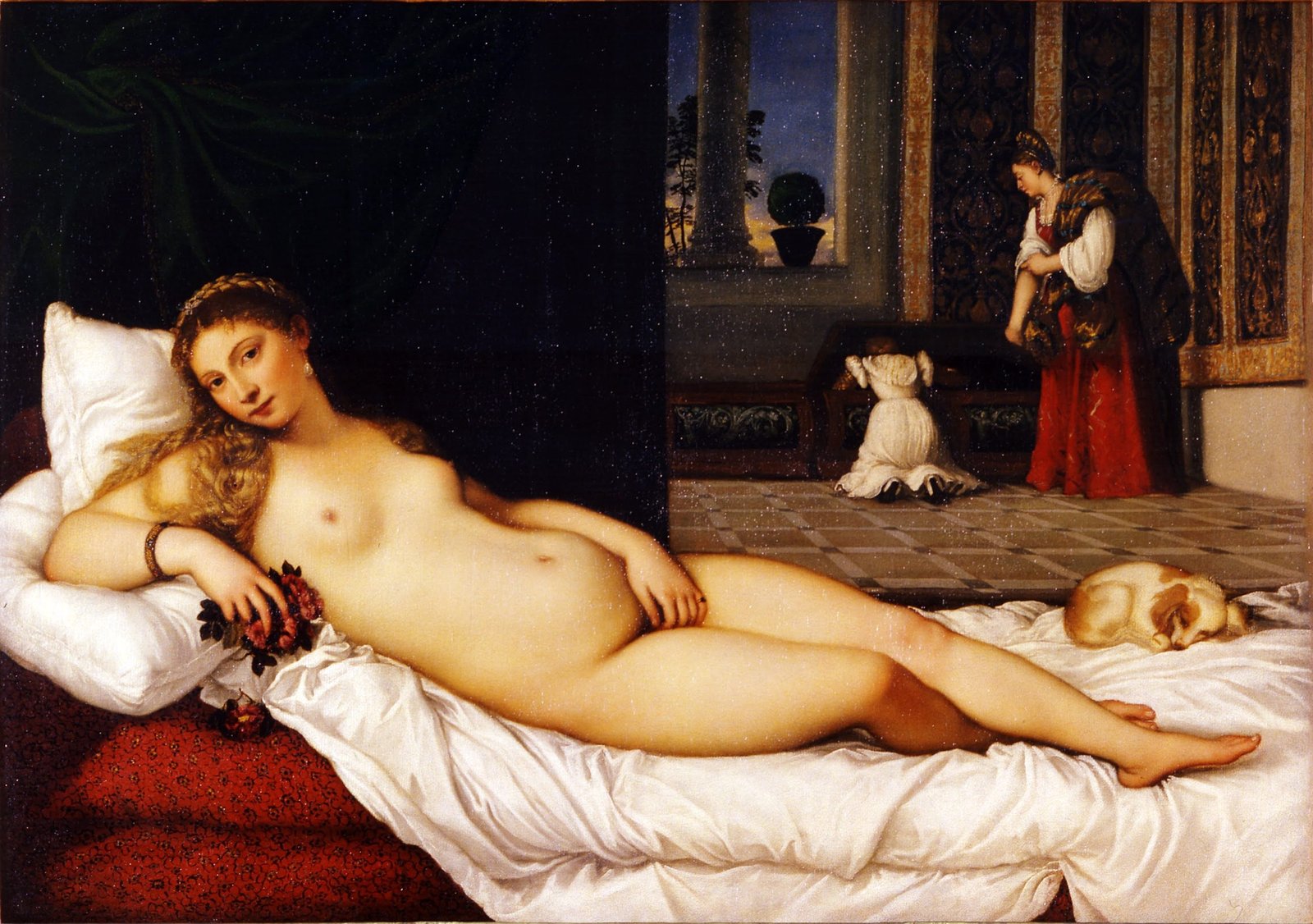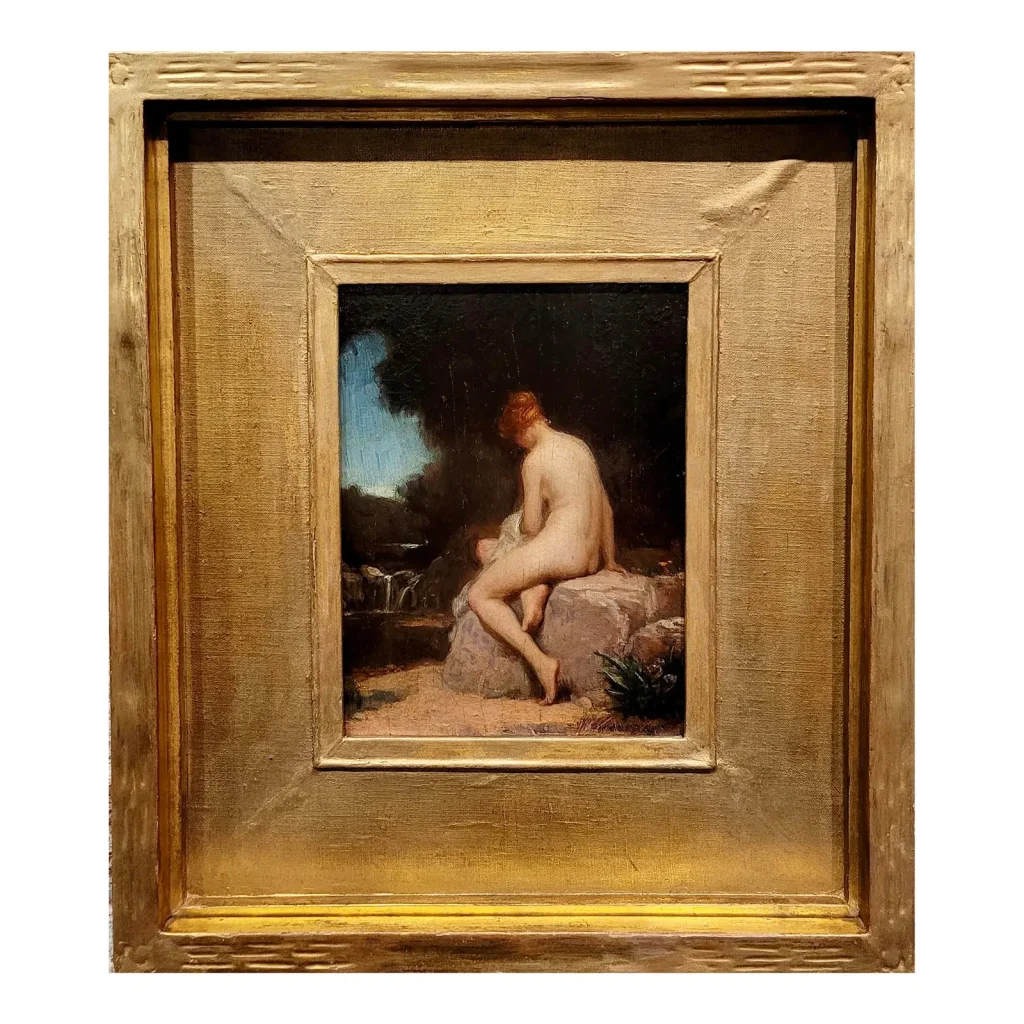The world of nude art is a rich tapestry woven with threads of creativity, sensuality, and timeless expression. In this detailed exploration, we delve deep into the realms of nude art, from the classical strokes of nude paintings to the contemporary allure of nude body art. Our journey encompasses the nuances of famous nudes, the evolving concept of nudity at work, the intricate beauty of nude drawings, the celebration of the sexiest naked women, and the vibrant world of nude body art.

Nude Paintings of All Time
Art has always been a mirror reflecting the diverse facets of human experience, and perhaps no genre captures the vulnerability, sensuality, and beauty of the human form quite like nude paintings. Throughout history, artists have embraced the challenge of portraying the naked body in its most raw and authentic state. Here, we explore some of the most iconic nude paintings that have stood the test of time, captivating audiences with their emotional depth and artistic brilliance.
“Mother and Child” by Gustav Klimt
Gustav Klimt, known for his distinctive style, painted “Mother and Child” as a celebration of maternal love. The artwork beautifully captures the tenderness and connection between a mother and her child, emphasizing the nurturing aspect of the female form.

“Adam and Eve” by Fernando Botero
Fernando Botero’s unique approach to art is characterized by his signature style of portraying subjects with exaggerated proportions. In “Adam and Eve,” Botero infuses humor and satire into the biblical narrative, challenging traditional perceptions of the human body.

“Samson’s Youth” by Léon Bonnat
Léon Bonnat’s “Samson’s Youth” depicts the biblical hero in his youthful strength. The painting not only showcases the artist’s mastery in capturing the human physique but also explores themes of power, vulnerability, and the fleeting nature of strength.

“Lady Godiva” by John Maler Collier
Inspired by the legendary tale of Lady Godiva, John Maler Collier’s painting tastefully navigates the line between modesty and sensuality. The artwork narrates a story of courage and conviction, while the portrayal of Lady Godiva’s nudity symbolizes her daring act for justice.

“A Mermaid” by John William Waterhouse
John William Waterhouse’s “A Mermaid” transports viewers to the mythical realm, where the beauty of the sea maiden is intertwined with elements of fantasy. The painting celebrates the allure of the feminine form and the enchanting mysteries of the underwater world.

“Le Ravissement de Psyche” (“The Rapture of Psyche”) by William-Adolphe Bouguereau
Bouguereau’s masterpiece, “The Rapture of Psyche,” elegantly captures the mythological theme of love and desire. The artist’s meticulous attention to detail and skillful rendering of the nude form contribute to the painting’s timeless appeal.

“Venus Rising” by Jean-Léon Gérôme
Jean-Léon Gérôme’s “Venus Rising” combines classical elegance with a touch of sensuality. The painting pays homage to the timeless theme of Venus, the goddess of love, emerging from the sea, embodying beauty, grace, and the eternal allure of femininity.

“Embrace Aka Lovers II” by Egon Schiele
Egon Schiele’s “Embrace Aka Lovers II” is a powerful exploration of intimacy and human connection. The expressive and contorted figures in the painting convey a sense of passion and vulnerability, showcasing Schiele’s avant-garde approach to the human form.

“Fallen Angel” by Alexandre Cabanel
Alexandre Cabanel’s “Fallen Angel” offers a haunting depiction of an angel cast out from grace. The painting explores themes of temptation, rebellion, and the eternal struggle between good and evil, all portrayed through the vulnerable beauty of the fallen celestial being.

“Birth of Venus” by Sandro Botticelli
Sandro Botticelli’s “Birth of Venus” is a Renaissance masterpiece that has become an iconic representation of classical beauty. The painting, depicting the goddess Venus emerging from the sea, celebrates the harmonious proportions of the female form and the eternal concept of love.

Hylas and the Nymphs” by John William Waterhouse: Mythical Beauty Unveiled
John William Waterhouse’s “Hylas and the Nymphs” encapsulates the allure of classical mythology. This enchanting painting depicts the young Hylas captivated by ethereal nymphs in a lush, romantic setting. Waterhouse skillfully intertwines innocence and sensuality, creating a timeless portrayal of mythical beauty and allure.

Sexiest Naked Women in Art: Celebrating Sensuality and Empowerment
The portrayal of the sexiest naked women in art has undergone significant evolution, reflecting changing societal attitudes toward beauty and sensuality. From classical depictions of goddesses to contemporary celebrations of empowered women, artists continue to challenge and redefine notions of beauty, showcasing the diverse strengths and facets of the female form.
Classical Depictions of Goddesses
Include images of classical artworks depicting goddesses, such as Venus, Aphrodite, or other mythological figures celebrated for their beauty and sensuality.
Suggest showcasing Botticelli’s “The Birth of Venus” to emphasize the classical ideals of feminine beauty and grace.

Renaissance Art
Feature works from the Renaissance period, highlighting the shift from medieval modesty to a more liberated and sensual portrayal of women.
Include images of artists like Titian and Giorgione, who explored the female form with a newfound appreciation for natural beauty.

Baroque and Rococo Elegance
Showcase paintings from the Baroque and Rococo eras that celebrated the opulence and sensuality of women. Consider including works by Peter Paul Rubens or Jean-Honoré Fragonard.
Suggest images that capture the soft curves, flowing fabrics, and intimate settings characteristic of these periods.

Neoclassical Purity
Feature neoclassical paintings that, while still portraying nudity, emphasized a sense of purity and idealized beauty. Jacques-Louis David’s “The Intervention of the Sabine Women” could serve as an example.
Select images that convey the harmonious balance between sensuality and classical ideals.

19th-Century Realism
Explore the realistic portrayal of women in the 19th century, challenging traditional ideals. Consider images from Édouard Manet’s “Olympia” and Gustave Courbet’s “The Origin of the World.”
Showcase the artists’ daring approach to representing the female form with a sense of empowerment.

Contemporary Celebrations of Empowered Women
Include modern artworks that celebrate the diversity of women, embracing various body types, ethnicities, and expressions of sensuality.
Suggest images from contemporary artists like Jenny Saville or Tracey Emin, who challenge societal norms and redefine beauty standards.

Photography and Mixed Media
Incorporate photographs and mixed media artworks that explore sensuality in a contemporary context. Showcase artists who use these mediums to challenge traditional perceptions of beauty.
Suggest images that capture the strength, confidence, and empowerment of women in diverse and unconventional ways.

Nude Body Art: The Living Canvas
Nude body art represents a dynamic and modern manifestation of artistic expression. Transforming the human body into a living canvas, artists utilize body painting and temporary tattoos to blur the lines between art and reality. This trend has gained prominence in cultural events, fashion shows, and performances, offering a unique and immersive experience that pushes the boundaries of conventional artistry.



